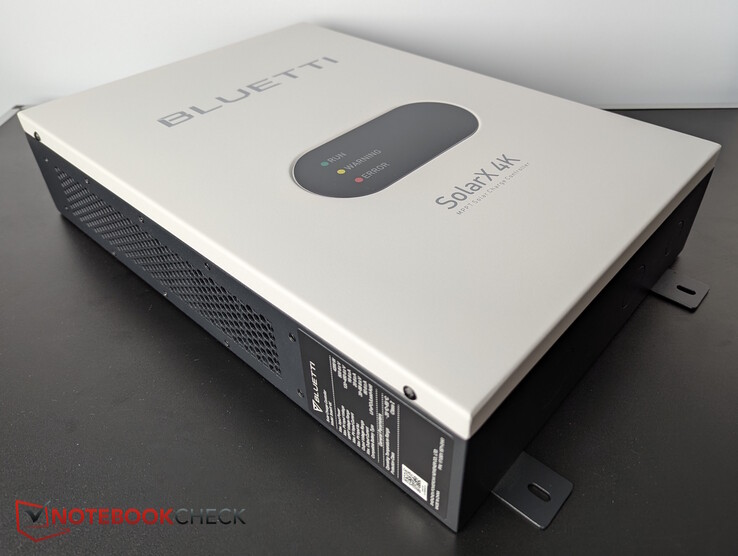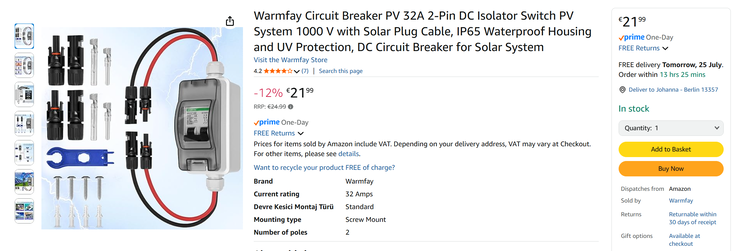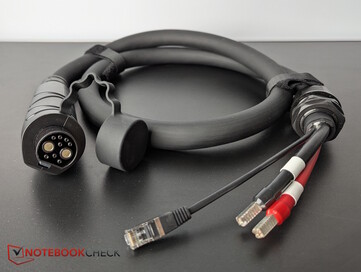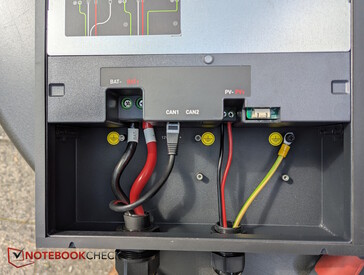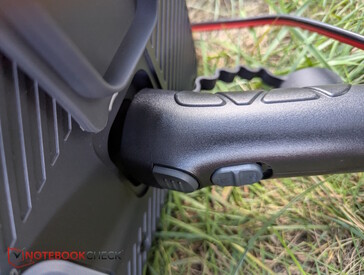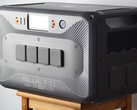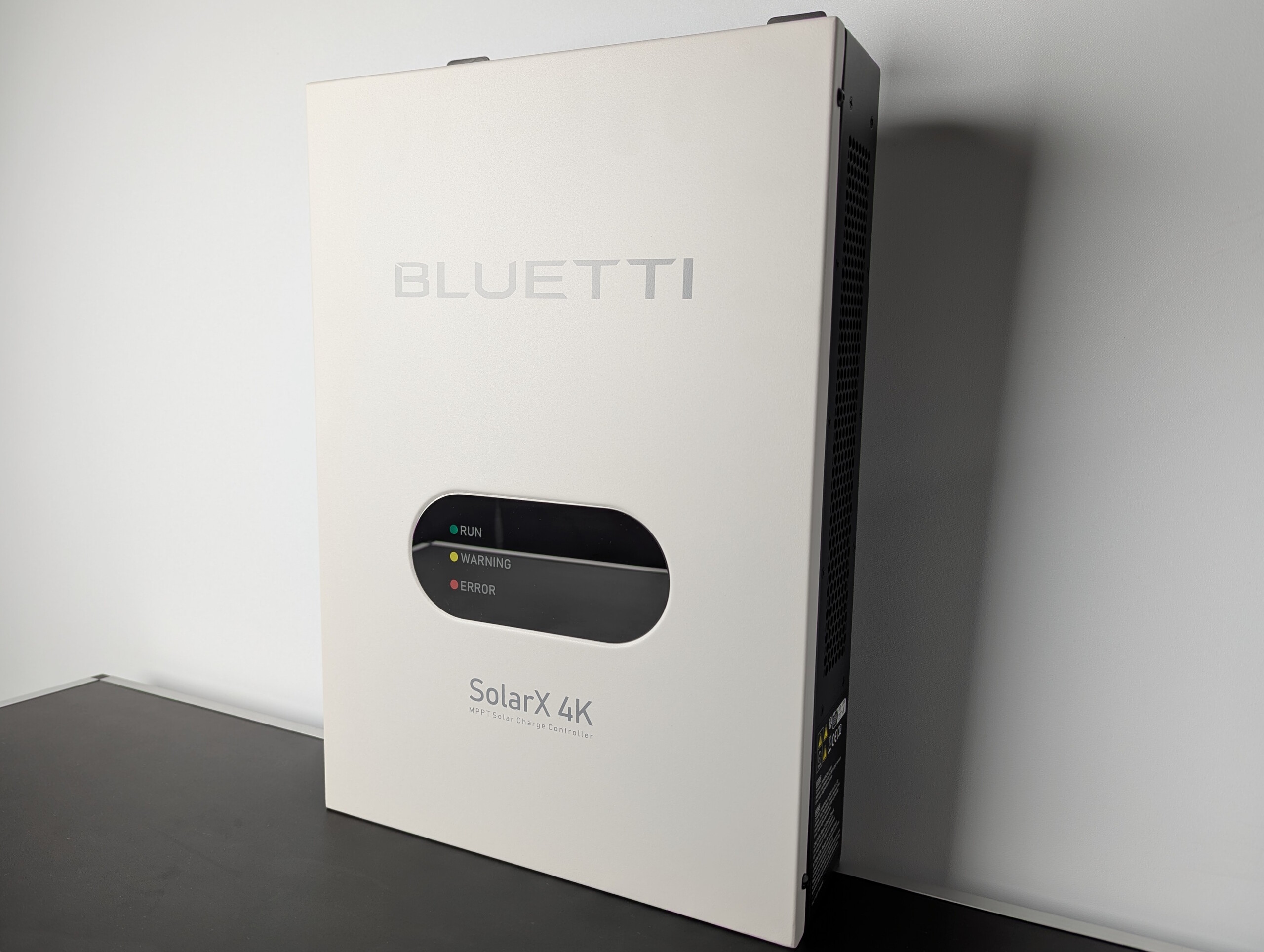
Solar charge controller for rooftop systems with storage – first look at the Bluetti SolarX 4K
Rooftop solar meets battery storage.
We got our hands on the new Bluetti SolarX 4K solar controller and inverter. Launching on September 22, 2025, the SolarX 4K is designed to handle much higher solar input voltages — up to 500 volts, perfect for larger rooftop systems. It converts that high voltage into levels suitable for battery storage units. We put it to the test to see if it actually delivers.Christian Hintze (translated by Christian Hintze) Published 🇩🇪 🇫🇷 ...
Test Verdict – More Solar Harvest
For anyone looking to store power from a larger (roof-mounted) solar array, the SolarX 4K could be a key component. It converts high voltages into levels that battery systems can “digest” more efficiently. It pairs perfectly with Bluetti’s own Apex 300 storage unit, and in theory, it can also work with third-party systems — assuming you’ve got the right cables on hand.
That’s also where one of our small complaints comes in: Bluetti doesn’t include the pricey DC output cables or the fuse box mentioned in the manual. Depending on your setup, that adds both cost and effort that users should factor in ahead of time. To make matters a bit more confusing, Bluetti’s own battery lines use different connectors (P090D vs P150D), which doesn’t exactly make things easier for customers. When it comes to accessories, there’s definitely room for improvement.
Pros
Cons
Price and availability
Bluetti told us that the necessary cables are sold separately, though the SolarX 4K is also available in various kits that each include one essential cable. For example, the SolarX 4K with a P090D cable is priced at $699.
Readers can save an extra 5% with the discount code “BLUETTINBC.” But this could only apply to our EU readers. Just try it out.
Most battery storage systems can only handle solar input voltages between 12 and 60 volts. The SolarX 4K, however, can take up to 500 volts, making it compatible with larger rooftop systems. It steps down those high voltages and passes the converted energy directly to a battery storage system.
That means even energy from a big rooftop array can be stored for household use — off-grid, since the SolarX 4K doesn’t connect to the power grid.
In our setup, it charged Bluetti’s Apex 300 units (or multiple in parallel) with up to 4,000 W of solar power. Without the SolarX 4K, the Apex 300 tops out at 2,400 W, so the boost is substantial.
Specifications
| SolarX 4K | |
| VOC (Voltage Open Circuit) | 120 bis 500 V |
| MPPT-Voltage | 1 MPPT; 120 - 450 V |
| max. Input power | 16 A |
| max. Input | 4,200 W |
| max. Output | 4,000 W |
| Output Voltage | 35 - 58 V |
| Output Power | max. 80 A |
| Communication | Bluetooth, Wi-Fi, CAN 2.0 (Controller Area Network by Bosch) |
| compatible Bluetti devices | Apex300, AC500, AC300, AC200L, AC240, AC200Max, B300, B300s, B300k, B230, B210 |
Case and build – additional gear required
The 7.6 kg SolarX 4K is housed in a metal enclosure with air cooling (≤ 50 dB). The bright metallic front panel is held by four hex screws with a rubber gasket underneath. While sturdy, it’s not weatherproof — it should always be installed under cover.
Accessories
Bluetti requires several additional components for proper installation, none of which are included in the box. Beyond standard tools (screwdriver, multimeter, etc.), you’ll need solar input cables, a grounding cable, and a PV switch — essentially a small fuse box rated at 600 V / 20 A. We bought one for about $25 on Amazon.
We also received a thick DC output cable for testing, but regular customers will have to purchase that separately. Depending on the connector type, these cables can add €40 to over €100 to the total cost — unfortunate, since they’re absolutely required for setup.
In Practice – Series Connection for Higher Voltage
The SolarX 4K must be mounted vertically on a dry wall — not laid flat or at an angle. No wall plugs are included, and the supplied screws are rather short.
For testing, we connected several solar panels rated at 37.5 V open-circuit voltage each in series, giving us around 150 V input, the minimum required for the SolarX 4K. Of course, the device is really designed for much larger installations.
Installation
Once the unit is securely mounted, we connected it to our Apex 300. First, remove the front panel, then attach the positive and negative leads of the DC output cable to the SolarX, and plug in the LAN connection. The other end connects to the Apex 300 via the P090A connector.
Depending on your battery system, you’ll need either a P090A (for Apex 300 or B300K) or a P150D (for AC500) connector. Unfortunately, Bluetti hasn’t standardized these yet. If you’re running multiple Apex 300s in parallel, you’ll need yet another special cable (splitting into up to three XT60-F connectors).
Only after connecting the battery can the solar panels be hooked up. The PV switch goes in between — with its positive and negative poles connected to the SolarX on one side, and the panels on the other. The panels themselves should have an open-circuit voltage between 150 and 500 V and deliver no more than 20 A.
Once everything’s wired up, close the front panel and flip the switch — the SolarX 4K powers up and starts feeding energy into the Apex 300.
The Bluetti Bluetooth App
In Bluetti’s Bluetooth app, the SolarX 4K, Apex 300, and other Bluetti devices can be linked. The controller then appears both as a standalone device and as part of the battery system.
You can monitor generated power, transferred energy, and various other parameters, limit charging power, and adjust other settings directly in the app.
Summary
The Bluetti SolarX 4K efficiently converts high voltages from rooftop solar systems into lower voltages suitable for battery storage — letting homeowners store their solar energy for personal use. However, both voltage and current limits still apply, and depending on your solar array’s size, you may need multiple SolarX 4K units to handle the load.
Transparency
The selection of devices to be reviewed is made by our editorial team. The test sample was given to the author by the manufacturer free of charge for the purposes of review. There was no third-party influence on this review, nor did the manufacturer receive a copy of this review before publication. There was no obligation to publish this review. As an independent media company, Notebookcheck is not subjected to the authority of manufacturers, retailers or publishers.





